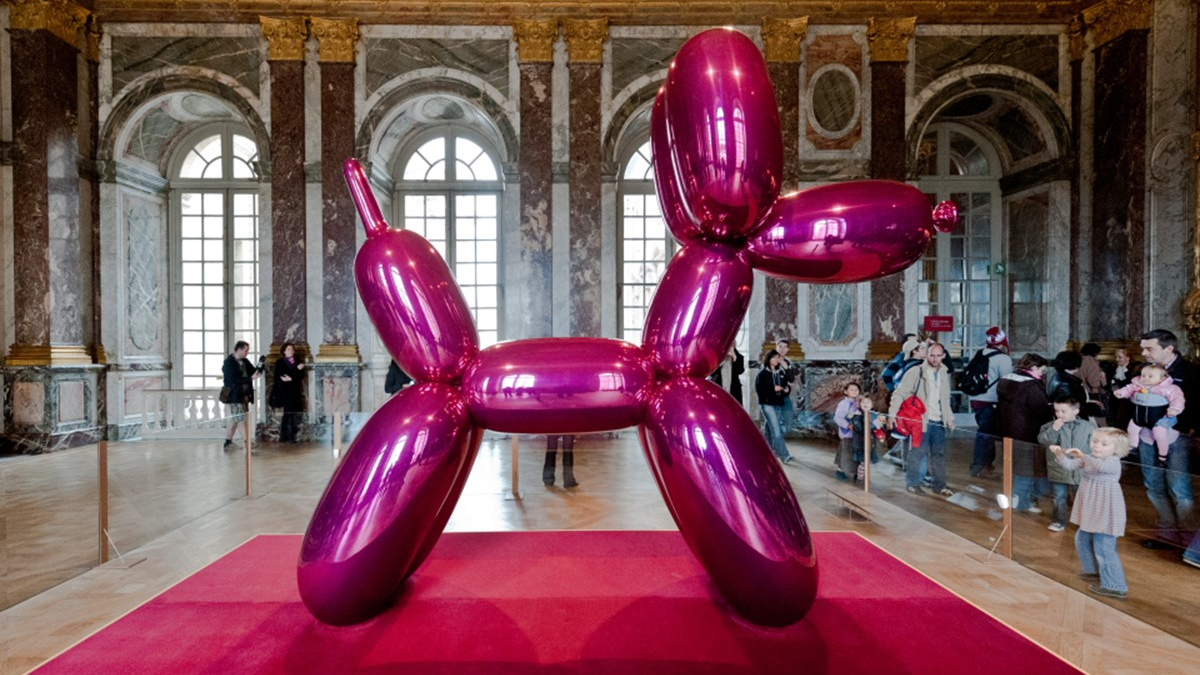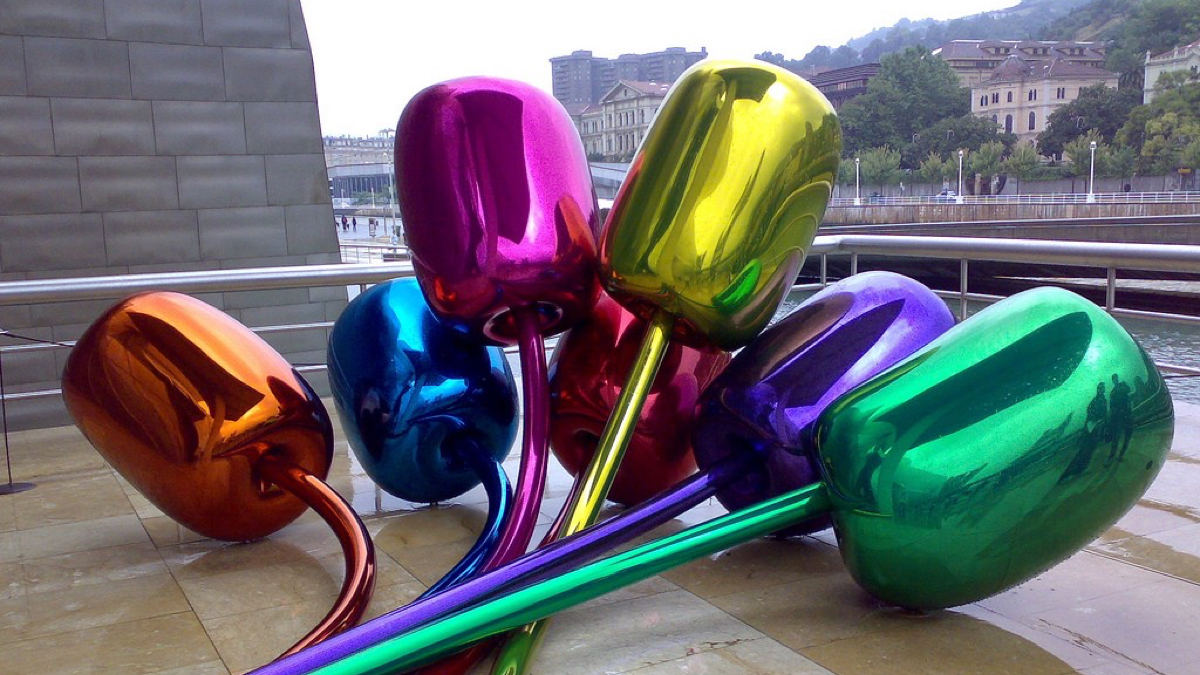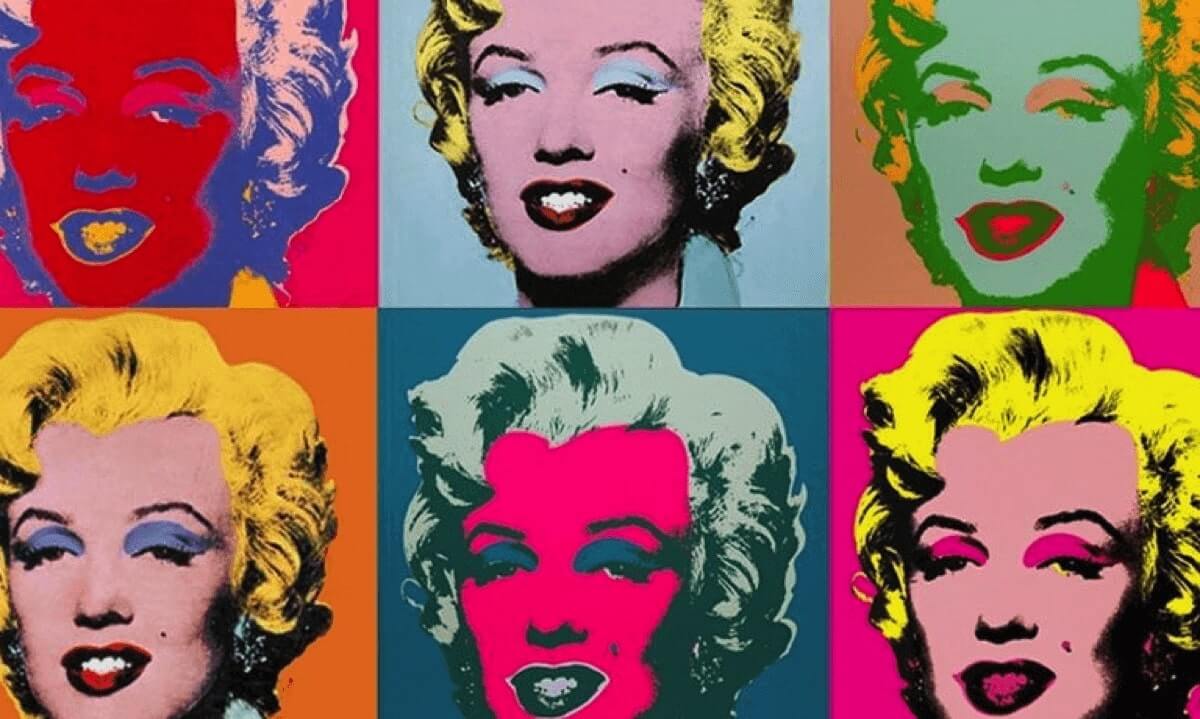
Jeff Koons and His Infamous Balloon Dog
In 1994, a monumental inflatable dog is exhibited for the first time and is set to remain on the international art scene for decades to come. In 2013, this same Balloon Dog, a work by Jeff Koons, beats the record for the most expensive work sold by a living artist at 58.4 million dollars. Born in 1955, Koons is known for his gigantic representations of mass media objects. Opinions on the artist vary: some see him as a pioneer, who will change art forever. Others consider him of bad taste and too commercial. Join Artsper in learning more about this inflatable sculpture that still animates many debates.
The Balloon Dog and the Celebration series

Jeff Koons‘ Balloon Dogs are part of his famous 1994 Celebration series, constituted of party objects, polished and shiny. The series is composed of about 20 large-scale sculptures, as well as about 15 oil paintings. Interested in the theme of nostalgia, Jeff Koons presents inflatable animals, but also Play-Doh, tulips, or even easter eggs. His sculptures bring one back to the simpler times of childhood and celebrate the joy of celebration through the monumental.
Koons proclaims himself an “idea man”; he imagines his work before having it made in his studio by other people. Each of his sculptures is made with great precision from stainless steel and finished with a blue, magenta, orange, red or yellow translucent coating. Elementary colors which show that Koons is not afraid of the characteristic simplicity of his art.
Jeff Koons’ inspiration

The idea of reflection is at the core of Jeff Koons’ inspiration and career. He explains that he has always been fascinated with light and how it reflects on surfaces. He also states that he has always worked with inflatable and reflecting surfaces.
According to the artist, his biggest sources of inspiration are Salvador Dalí and Andy Warhol. It is often said that Jeff Koons’ work is close to Pop Art, an art movement that used everyday objects turned into provocative art. Koons familiarizes himself with the work of Salvador Dali very early on and started painting following his methods. Today, he is often compared to his contemporary, Damien Hirst.
What is the message behind the Balloon Dog?
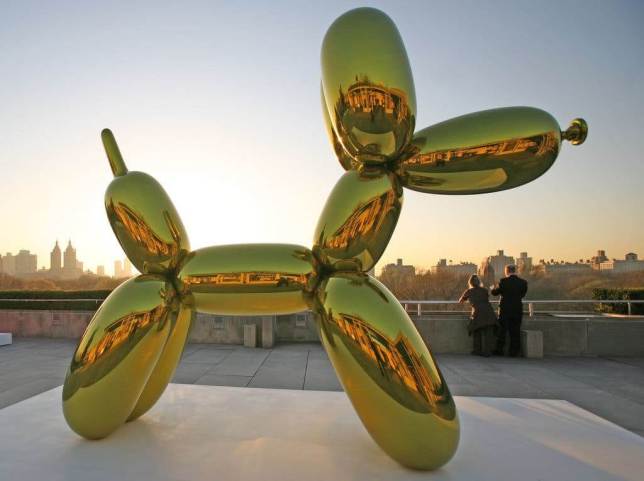
Although Jeff Koons affirmed several times that his works do not hide any underlying message, many art critics have attempted to explain what would make this inflatable dog more profound than it seems. With its weight of one ton, it is often said that, with this sculpture, Jeff Koons plays with the notions of a heavy object with a light appearance. A usually ephemeral object that here becomes indestructible. Koons’ work is a disposable toy while being substantial and imposing.
Jeff Koons still offers an explanation; the theme that unites his inflatable sculptures is pop culture. These objects are familiar to us but become disconcerting when placed in an exhibition or a museum. Koons also declared that his Balloon Dog symbolizes human experience: that like these balloons, we inhale air. In other words, air is vital to us, just like these balloons. One thing is for sure, Jeff Koons likes for his work to remain light and childish.
Is the Balloon Dog a superficial sculpture?
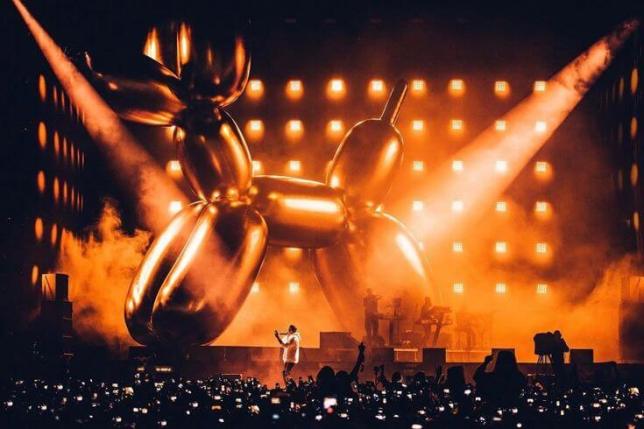
Despite this childish aspect, it is difficult to ignore the fact that these works are known for the exuberating prices for which they were sold. When the simplicity and innocence of a children’s toy turn into a sales record, critics fuse. In 2019, he even beat a new record with his work Rabbit, which was sold for 91.1 million dollars. Koons’ silver inflatable rabbit thus dethroned Pool with Two Figures by David Hockney.
Jeff Koons’ name is often associated with the word “kitsch“, a rather pejorative adjective designating objects pretending to be art but that lack complexity or subtlety. Moreover, the fact that he doesn’t make his works himself but manages to sell them for astronomical prices is obviously controversial.
What makes a work valuable?
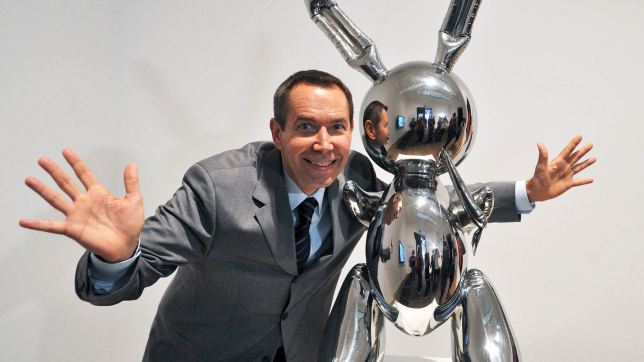
The question then arises of what makes an artwork complex, and how necessary is this criterion to make an interesting work? Where is the value of art to be found: in the artist’s passion or in the eye of the public?
Art critics have reproached the Celebration series to lack soul and complexity. Art critic Charlie Finch writes: “Koons is a reverse chameleon, whose colors flee into the objects around him, leaving him pale and bare.” It is true that if Koons’ works amuse the public, some art experts are more difficult to win over. And maybe that’s exactly what Koons is after; a work that celebrates popular culture and the every day, without subscribing to the norms of “high art”.
So, superficial artwork or ode to simplicity? Singular creativity or commercial gesture? Jeff Koons’ colorful Balloon Dogs will probably remain a source of debate for a few years. And you, what’s your take on Koons’ Balloon Dogs?

About Artsper
Founded in 2013, Artsper is an online marketplace for contemporary art. Partnering with 1,800 professional art galleries around the world, it makes discovering and acquiring art accessible to all.
Learn more











